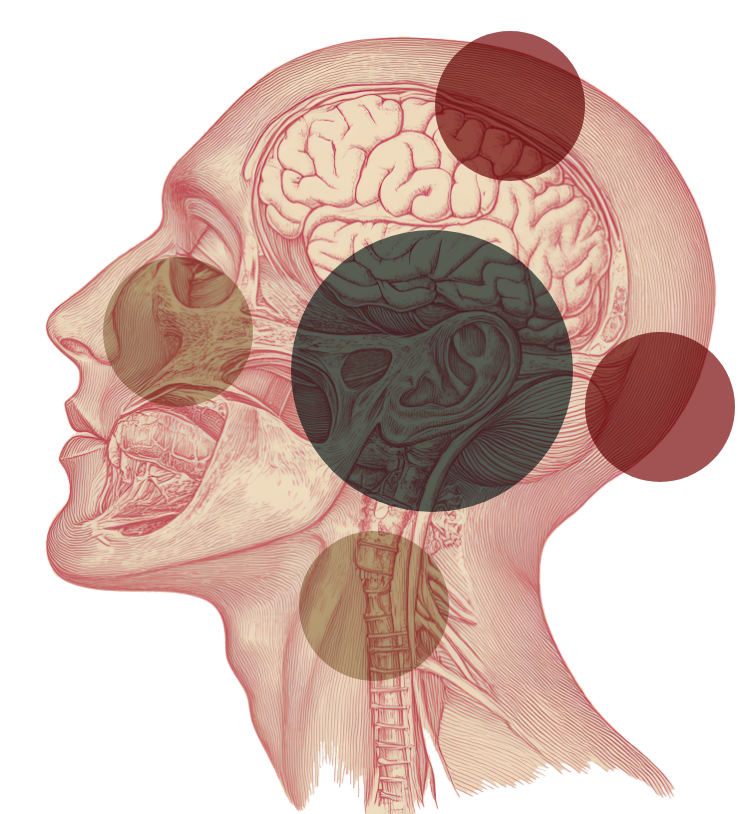
What is a thyroglossal duct cyst?
A thyroglossal duct cyst is a fluid-filled sac located in the upper midline of the neck, between the chin and the larynx. The cyst moves up and down during swallowing and with the movement of the tongue in and out of the mouth. It most commonly appears during childhood or adolescence, though it can occasionally be found in adults. It develops as a result of the persistence of a duct between the base of the tongue and the lower front part of the neck, which normally helps the thyroid gland descend into its final position during embryonic development.
Why does it need to be removed?
A thyroglossal duct cyst often becomes infected following upper respiratory tract infections. When this happens, the cyst swells and the overlying skin becomes red. Initially, antibiotics are used for treatment, but if the cyst is not surgically removed, it tends to become reinfected. Additionally, in adults, there is a small risk of malignant transformation into cancer.
How is the surgery performed?
The surgery is usually performed under general anesthesia. A small incision is made in the skin above the cyst, and after carefully isolating it, the cyst is removed. The central portion of the hyoid bone in the neck also needs to be removed, as the thyroglossal duct usually passes through it. If this part of the hyoid bone is not removed, the risk of recurrence of the cyst is significantly increased. Afterwards, the skin is sutured with appropriate stitches. In some cases, a small plastic drain is placed, which is usually removed the day after surgery.
Postoperatively, pain is generally minimal and can be managed with simple painkillers.
The patient may return home either the same day or the day after the surgery.
What are the possible complications?